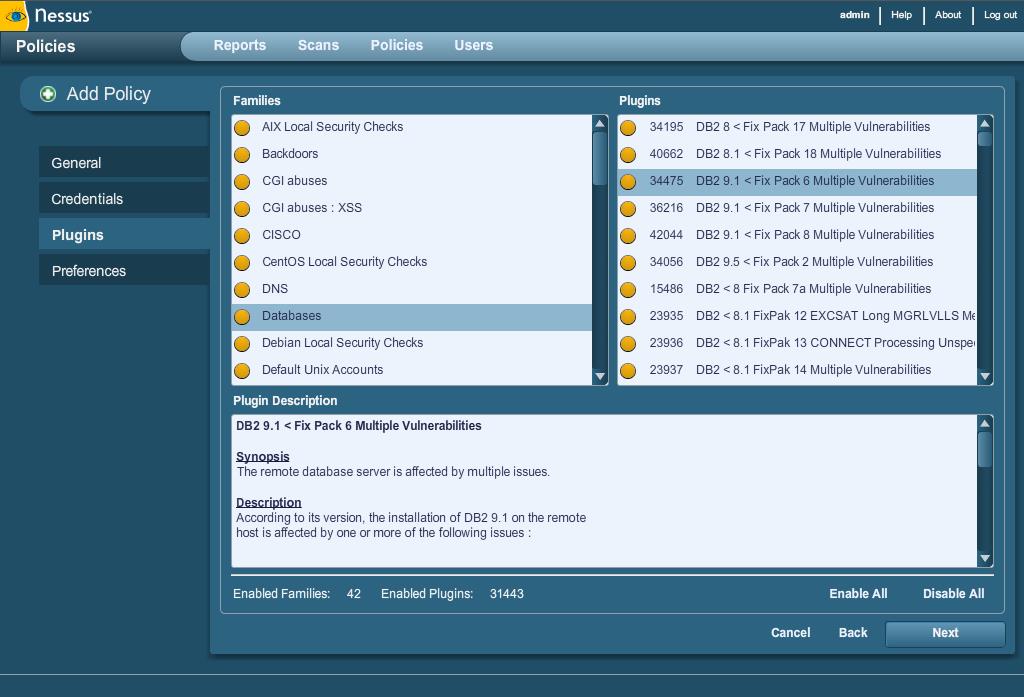

Once it finishes, you can click on it to view all of the vulnerabilities it has discovered ( Figure D).įigure D Our basic scan has plenty to report on Ubuntu Server 20.04.Īfter running the scan on an updated Ubuntu Server 20.04, Nessus came back to report zero vulnerabilities of concern. The basic scan should take anywhere from 5-20 minutes to complete. Launch the scan and either sit back and wait for the results or take off to another task. Click the run button (right-pointing arrow) associated with the scan you just created ( Figure C).įigure C Our scan is saved and is ready to run. You should find yourself on the saved scan list. Since this is a basic scan, you won’t need to set up credentials, so just click Save and your scan is ready to run. In the next window ( Figure B), you need to first give the scan a name (which can be any human-readable name) and a target (either an IP address or FQDN).įigure B Setting up a basic scan with Nessus. In the resulting screen ( Figure A), select Basic Network Scan.įigure A You have a few scan options with the Nessus Essentials package. Click New Scan in the top right corner of the window. We’re going to first run a basic network scan. SEE: Kubernetes: A cheat sheet (free PDF) (TechRepublic) How to set up a scan in Nessus So make sure you follow that howto, so you have an instance of Nessus ready to go. I’ve covered that process in How to install the Nessus vulnerability scanner on Rocky Linux. You do have to have Nessus installed and working. They do take some time to complete, but the process of launching a scan should take you no time. And knowing whether or not your systems suffer from vulnerabilities is one of the more challenging aspects of your job.įortunately, Nessus scans are incredibly easy to run. Once up and running, you can easily set up scans to check your data center servers to make sure everything is on the up and up. Nessus is one of those tools every network, system and security admin should have at the ready. The next SQL Server: Interview with Asad Khan of Microsoft How to set, change, and recover your MySQL root password How to create a virtual machine in Google Cloud Platform Data warehouse services: What to consider before choosing a vendor


 0 kommentar(er)
0 kommentar(er)
